Honoring the Fallen at Pearl Harbor National Memorial

Aloha Friends,
Today, we pause to honor the memories of those who sacrificed everything on that fateful morning of December 7, 1941, at the Pearl Harbor National Memorial. This hallowed ground stands as a solemn reminder of the lives lost and the resilience of a nation in the face of unimaginable tragedy.
On that morning, over 2,400 Americans lost their lives, including sailors, marines, soldiers, and civilians, during the surprise attack by Japanese forces. Among those, the USS Arizona bore the brunt of the devastation, with over 1,100 crewmen perishing as the ship was engulfed in flames and sank beneath the waves. Today, the USS Arizona Memorial stands directly above the sunken battleship, where visitors can pay their respects to the fallen.
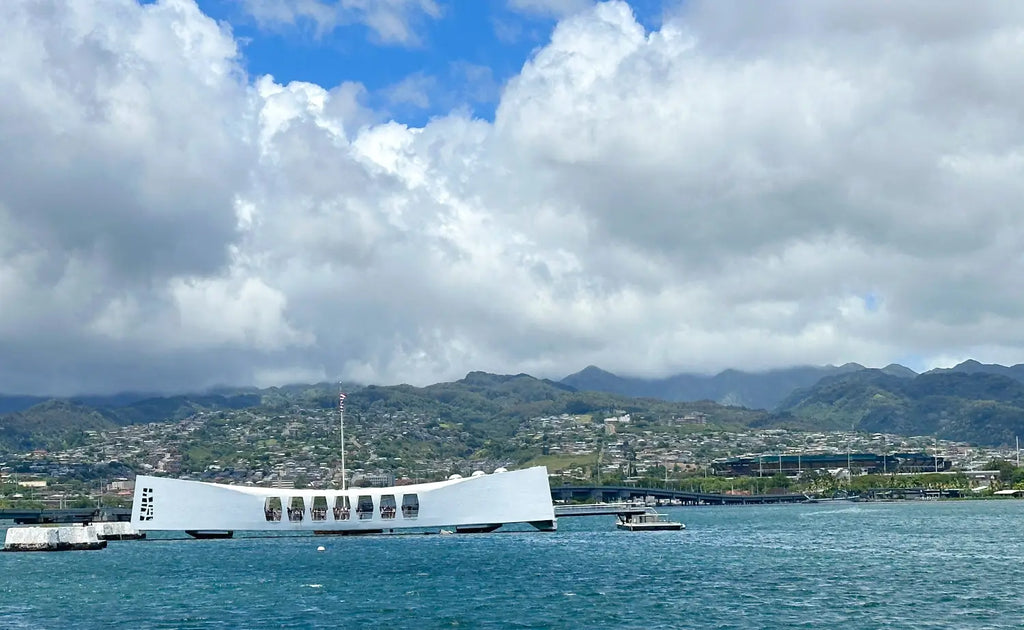
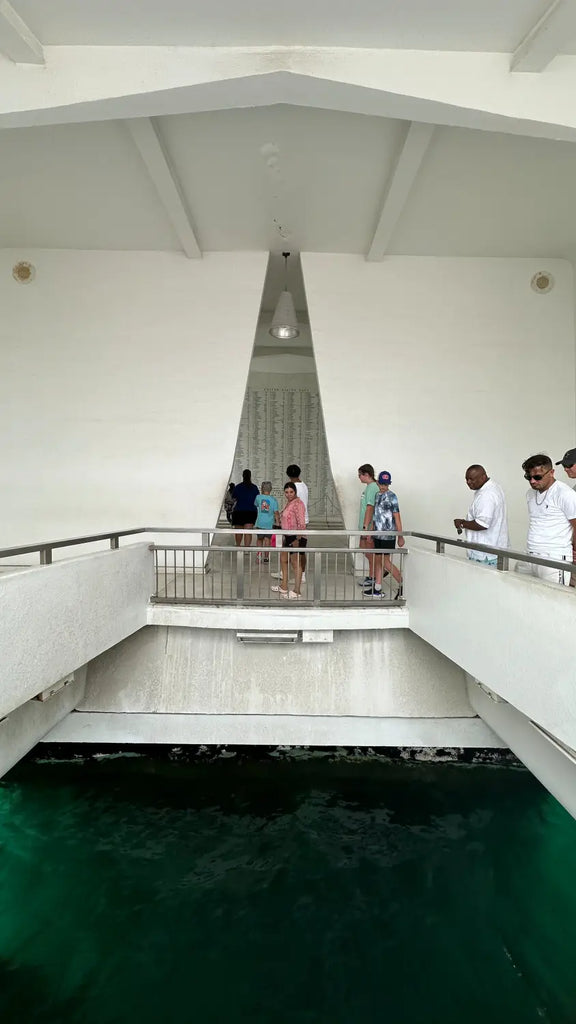
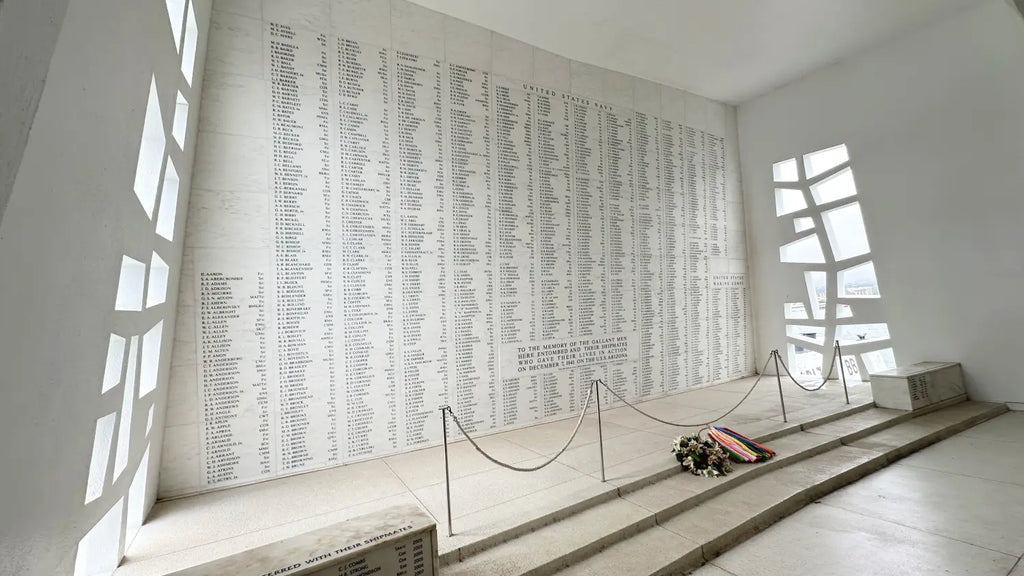
But the tragedy of Pearl Harbor is not just a story of national loss—it's also deeply personal for the people of Hawaii. The attack not only struck a critical blow to the U.S. Navy but also shattered the peaceful lives of the islands' residents. The skies over Oahu filled with Japanese aircraft, bringing fear and confusion to the local population. Many Hawaiians still alive today recall that day with vivid clarity—how as children, they watched in disbelief as enemy planes roared overhead and smoke billowed from the harbor.
In the days and weeks following the attack, Hawaii became a military stronghold, with martial law declared across the islands. Local men quickly enlisted in the armed forces, joining the fight to defend their country. Among them were members of the famous 442nd Regimental Combat Team, a unit composed primarily of Japanese American soldiers from Hawaii and the mainland. Despite the prejudice they faced, these brave men became one of the most decorated units in U.S. military history, demonstrating unparalleled loyalty and courage.
Yet, the story of Pearl Harbor is also marked by a dark chapter in American history—the unjust internment of Japanese Americans. In the wake of the attack, fear and suspicion led to the forced relocation and incarceration of over 120,000 Japanese Americans, including many from Hawaii. These men, women, and children—two-thirds of whom were U.S. citizens—were uprooted from their homes and held in remote camps across the country, solely because of their heritage. The internment lasted until 1945, but the impact of this injustice reverberated for generations. The Pearl Harbor National Memorial stands as a place of reflection, not only on the lives lost but also on the importance of protecting civil liberties, even in times of crisis.
Over the years, the memorial has been visited by numerous U.S. Presidents, each paying tribute to the fallen and reaffirming the commitment to peace. The visits of Presidents such as Franklin D. Roosevelt, who led the nation through the war, and more recently, President Barack Obama, who was born in Hawaii, underscore the significance of Pearl Harbor as a symbol of both national resolve and reconciliation.
Pearl Harbor today is not only a reminder of the past but also a beacon of hope for the future. The memorial serves as a testament to the strength of the human spirit, the importance of unity, and the enduring pursuit of peace. As you stand in this sacred place, take a moment to reflect on the bravery of those who fought, the pain of those who suffered, and the heroes who emerged from this pivotal moment in history. The spirit of aloha, embodied in the resilience and compassion of the Hawaiian people, continues to guide us as we strive for a world where peace prevails.
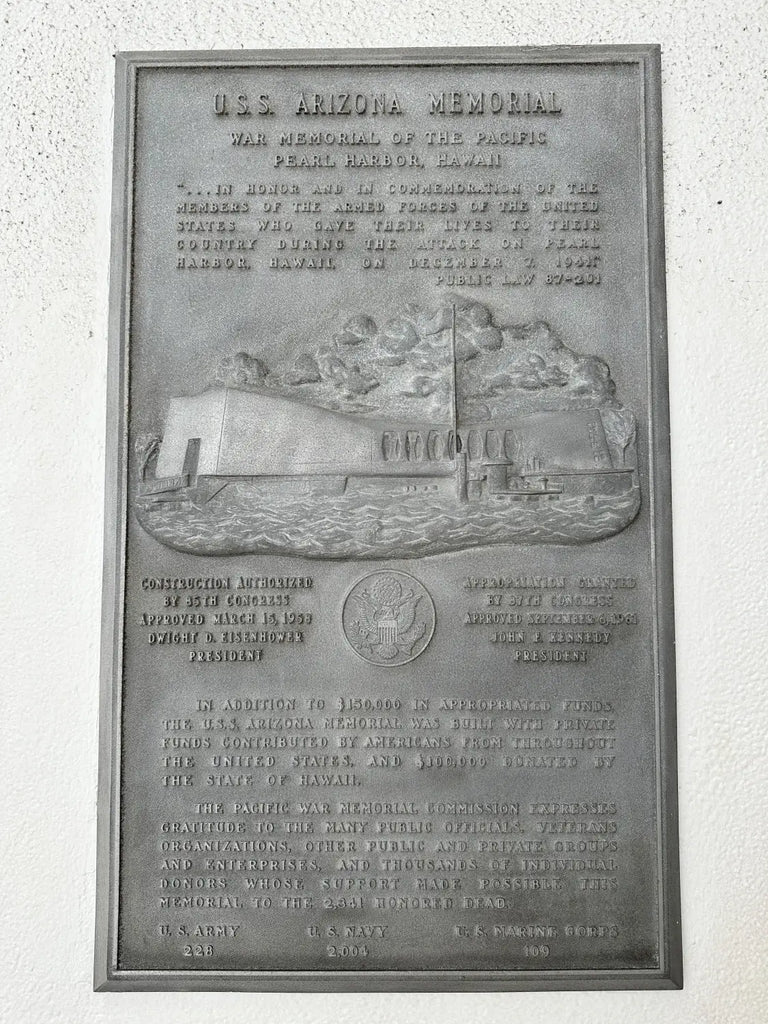
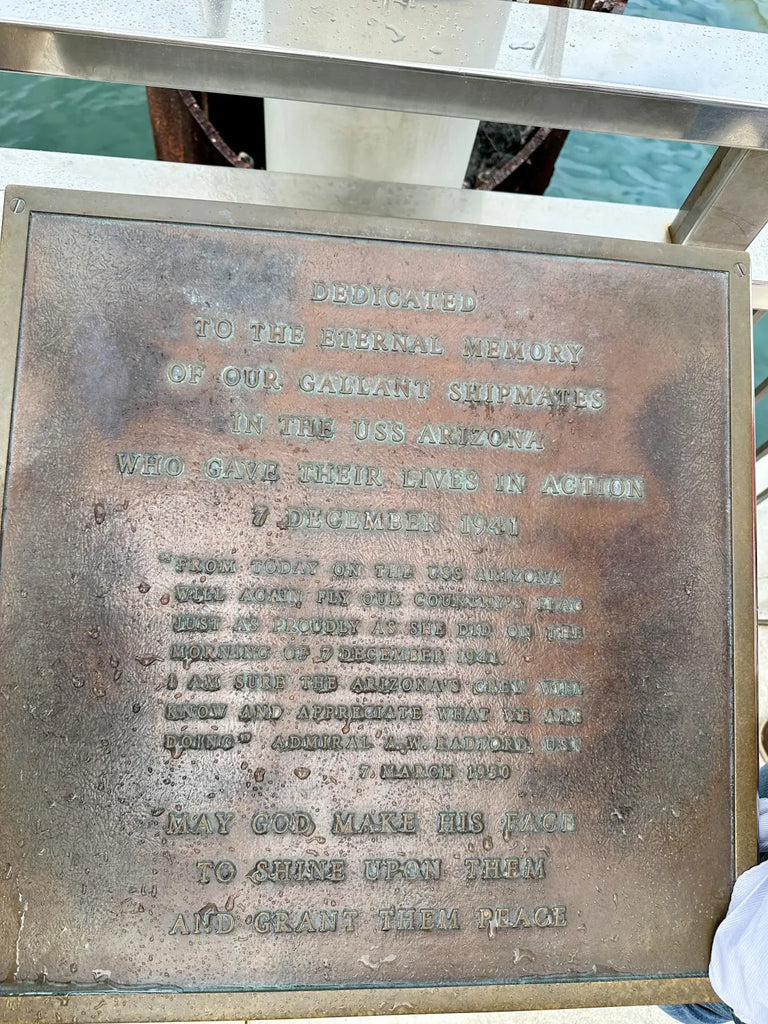













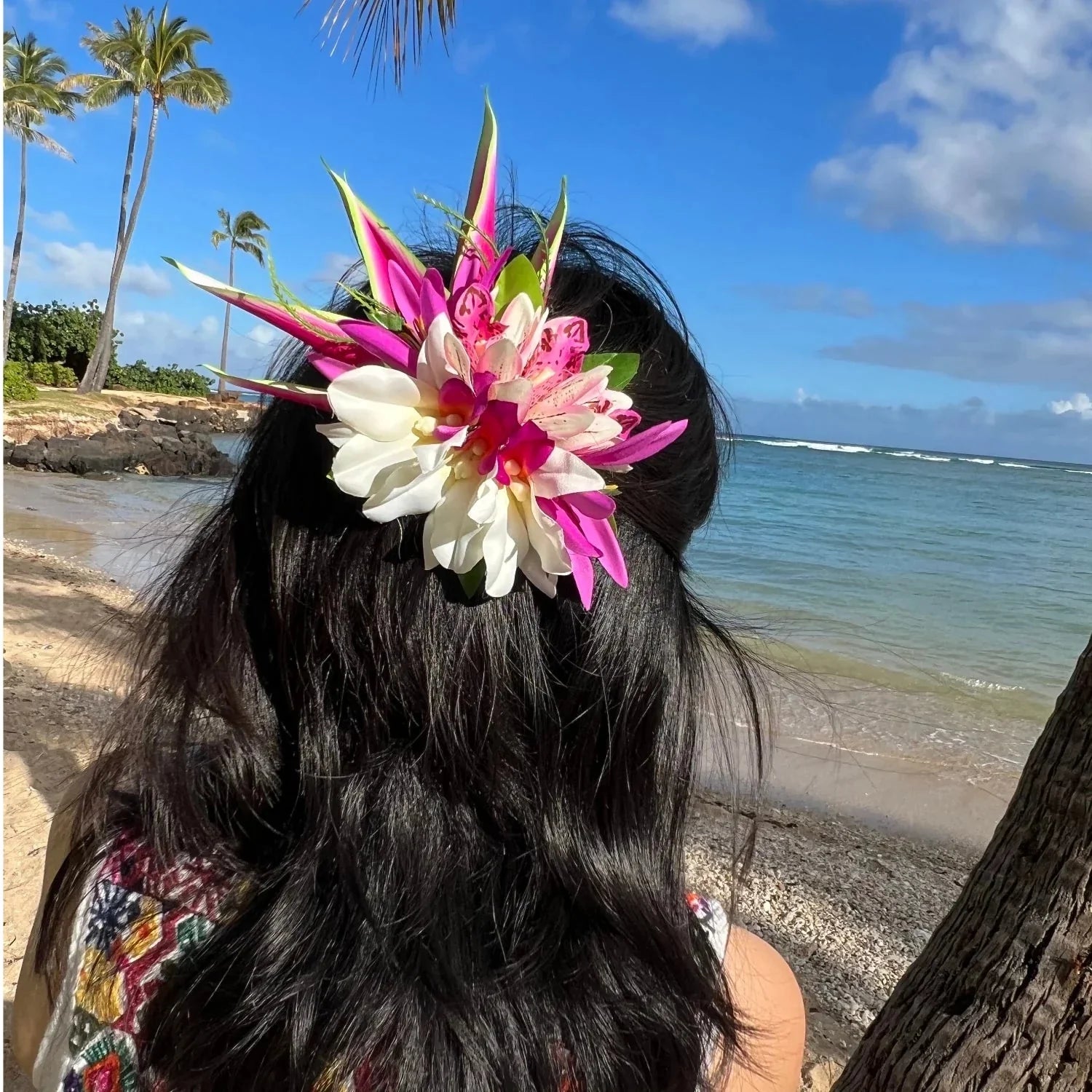

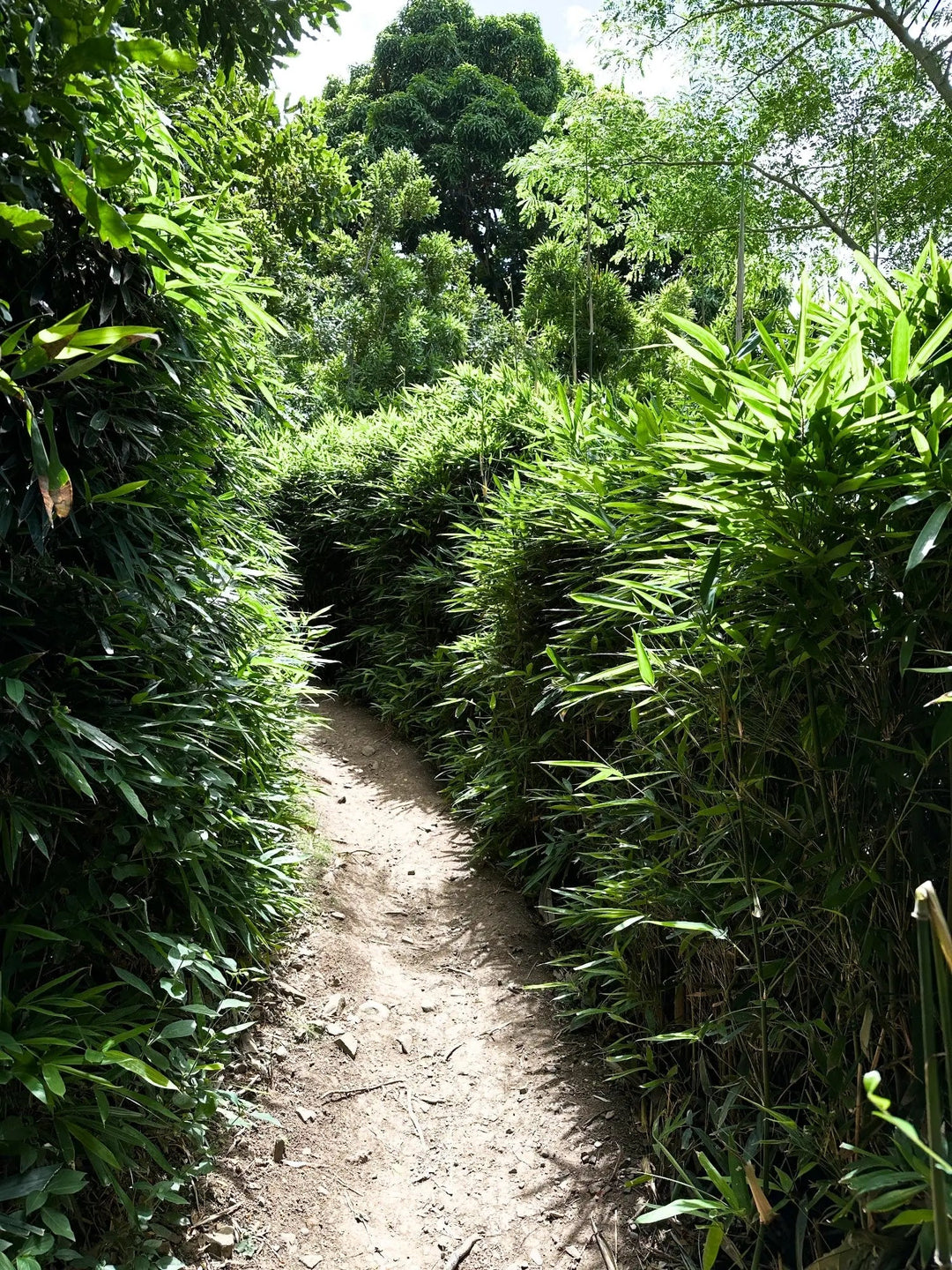


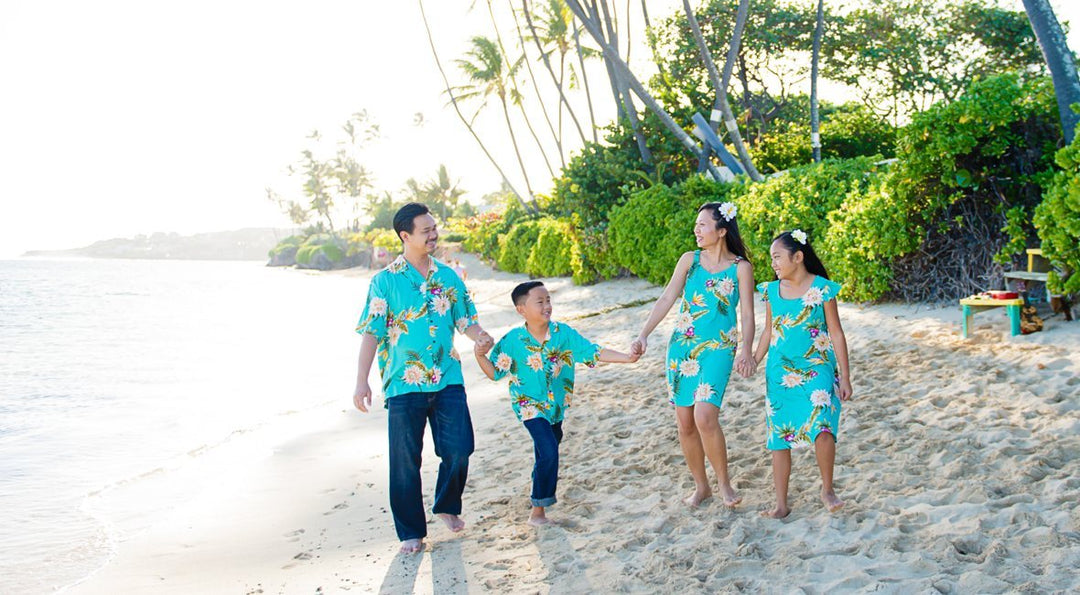


Leave a comment